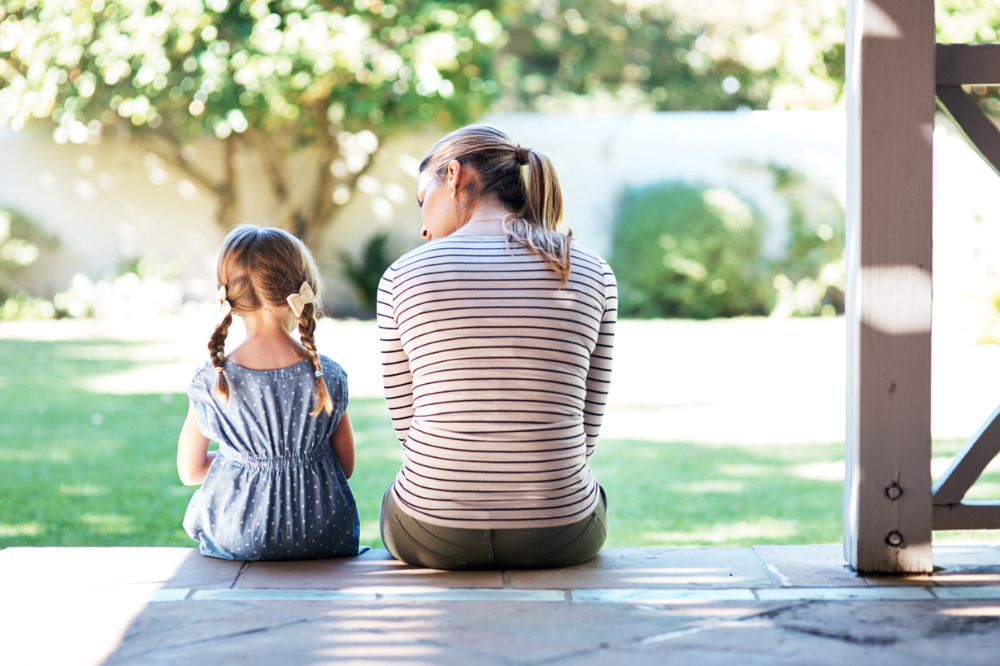
When something goes wrong in your day, how do you react? When someone does something that upsets you, what do you say? If something doesn’t go according to plan at work, how do you feel and how do you manage those feelings?
As adults, most of us have learned how to recognise our emotions and we’ve developed strategies to handle anger, frustration, resentment, fear or sadness. We might go for a walk, talk to a friend or have some quiet time.
Helping children to pay attention to their feelings, to recognise feelings, and to find ways to process them is important and parents play a key role in this, says Maria Bailey, Haileybury Director of Counselling Services.
“Younger children can experience strong emotions – either positive or negative – and it’s important that they learn to manage and tolerate those emotions,” Bailey told The Educator.
“Parents can help children tune in to their feelings, pause, express emotions appropriately with their own behaviours and build skills to work through them.”
Diane Furusho, Haileybury’s Deputy Principal (Student Wellbeing, Respectful Relationships & Consent), says many schools, like Haileybury, adopt a traffic light system to help younger children manage their emotions.
“As children become agitated, they learn that they are going from green to yellow and they recognise that means they are starting to feel that someone inside isn’t quite right. Those feelings come before they enter the red zone and lose self-control,” Furusho told The Educator.
“Emotions are helpful and normal and it’s important that children realise emotions are OK. They are part of growing up and unless we experience negative emotions like sadness and frustration, we will never know what happy feels like. Parents can support children as they learn about emotions and how to manage them.”
So, what can parents do to help children recognise and regulate their emotions? Here are ten things you can do.
1. Help children put words to what they are feeling. Ask them how they are feeling and help them build a vocabulary to express that.
2. Fully listen to what your child says and watch their body language. Then validate what they have told you by saying things like ‘from what I am hearing, it sounds like you are really angry about X’ or ‘it sounds like you are feeling frustrated about Y’.
3. Use a traffic light system at home with green meaning a child feels happy, focused and calm, yellow meaning they are experiencing emotions like worry, frustration or overexcitement, and red meaning they have feelings like being scared, angry or panicky. Enjoy creating a system like this that works for your family.
4. Empathise with how your child is feeling and normalise it. You can say ‘Yes, I feel that way sometimes, too’. It helps your child feel that their emotion is OK, they are not the only person who feels that way sometimes, and that you understand how they are feeling.
5. Understand the situation or concerns and feelings from your child’s perspective, not your perspective as an adult. The child or adolescent brain doesn’t think about things in the same way.
6. Share things that you do to feel better. Or ask your child ‘what do you think we could do that might help right now?’
7. When you sense an older child is struggling, ask them how they are feeling and ask them to put some words to how they feel.
8. It doesn’t help to tell children, ‘Get over it, you’ll be fine’. Instead, you could say ‘I can see this is challenging for you’ or ‘what can you do to work through this?’ Then remind them that these emotions are part of getting older and that you are ready to talk whenever they need you.
9. Sometimes, it’s better to say less and let children settle. Give them something to eat, help them feel calmer and comfortable so they then feel able to share how they are feeling.
10. Remember that, as a parent, you don’t always have to solve what your child is going through. Listen, reflect back what you are hearing, validate your child’s feelings and problem solve together.


